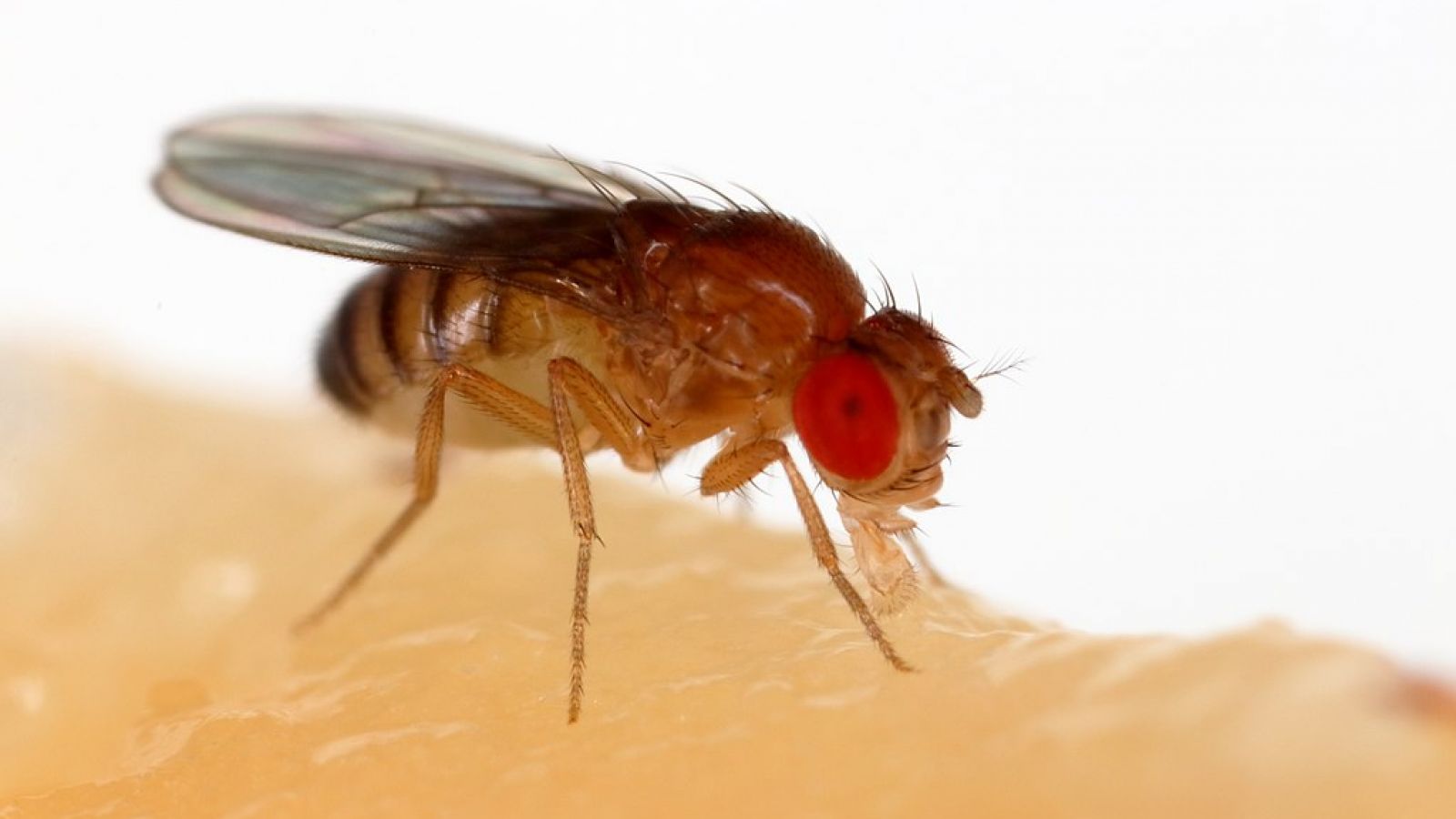Text to go here...
1. Fruit flies are also known as Drosophila melanogaster
One insect widely used in scientific and medical research is the fruit fly, or Drosophila melanogaster, a 3mm-long insect of the kind that accumulates around spoiled fruit. Drosophila melanogaster is the most commonly used fruit fly in animal testing, especially in genetics and developmental biology. However, the genus Drosophila actually contains more than 1500 species of fruit flies!
http://www.animalresearch.info/en/designing-research/research-animals/drosophila-melanogaster/
2. Scientists were awarded the Nobel prize in 1995 for their genetics work using fruit flies
It has been used in genetics and developmental biology for almost a century, and today several thousand scientists are working on many different aspects of the fruit fly. Its importance for human health was recognised by the award of the Nobel prize for medicine in 1995, for work on the genetic control of early embryonic development.
3. Flies with various genetic defects are available
Mutant flies with defects in any of several thousand genes are available, and the entire genome has recently been sequenced. This makes fruit flies a very convenient and useful to work with in animal research.
http://www.animalresearch.info/en/designing-research/research-animals/drosophila-melanogaster/
4. Many drugs have been developed with the help of fruit flies
These creatures have also helped to develop drugs designed to combat pathogens responsible for a range of diseases from skin infections to pneumonia and meningitis.
http://www.animalresearch.info/en/designing-research/research-animals/drosophila-melanogaster/
5. Fruit flies have highly developed muscles and nerves
Recent research with fruit flies has focused on the pathology of Alzheimer's disease; although the flies have a very simple brain they have highly developed muscles and nerves.
http://www.animalresearch.info/en/designing-research/research-animals/drosophila-melanogaster/
6. The entire Drosophila genome has been sequenced
In March 2000, the Drosphila genome sequence was completed and published. The project began in 1991 and with the collaboration of scientists from various institutions including the Drosophila Genome Project Group.The entire sequence contains an estimated 13,600 genes.
https://www.hhmi.org/news/drosophila-genome-sequence-completed
7. The fruit fly has been used in research for over a century
The first documented use of the fruit fly in the laboratory is attributed to William Castle's research group at Harvard in 1901. However the most famous use of fruit flies in research is Thomas Hunt Morgan who won the Nobel Prize in Physiology and Medicine in 1933 for his work with the fruit fly. His protege, Hermann Muller also won the Nobel Prize in 1946 for his work with fruit flies.
https://www.sciencedirect.com/science/article/pii/S1369702111701134
8. Fruit flies have a 4 stage life cycle
The stages in a fruit fly's life cycle include egg, larva, pupa and fly. The female fruit fly can lay up to 500 eggs on fermenting fruit. Eggs hatch into larvae, four days later, the larvae grow six legs and wings and become a full adult.
https://www.orkin.com/flies/fruit-fly/life-span-of-fruit-fly
9. Female fruit flies can pretend to be male
All male fruit flies have dark abdomen and some female fruit flies can masquerade as a male with a dark abdomen to reduce mating attempts.
https://phys.org/news/2016-08-fruit-flies-differences-males-females.html
10. Fruit flies have barcode-like chromosomes
The Drosophila chromosomes are arranged in what scientists call polytene chromosomes. These appear like barcodes because they have a repeated pattern of light and dark bands. The dark bands are formed of densely packed chromatin and the lighter bands are formed of moderately packed chromatin.
https://www.ncbi.nlm.nih.gov/pmc/articles/PMC5850506/
See AnimalResearch.info on Drosophila




